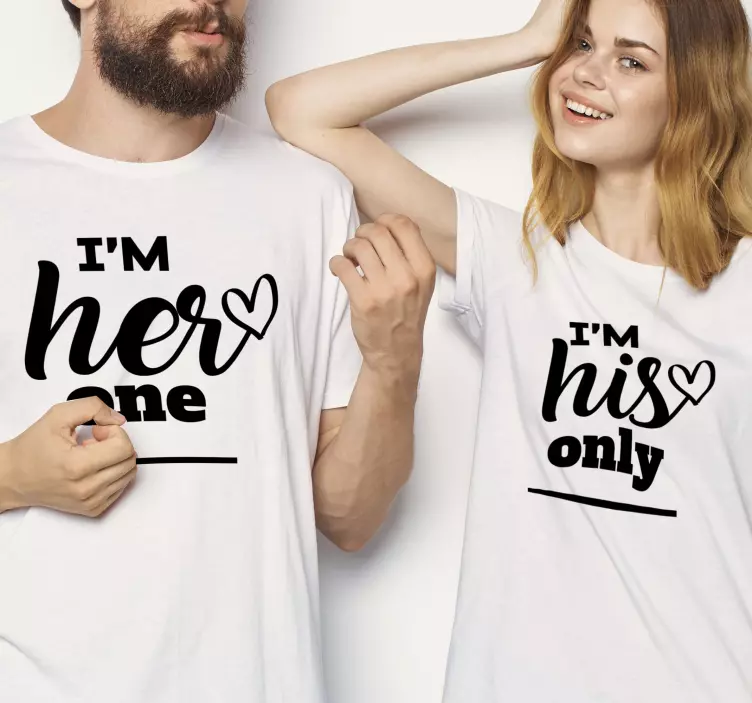In the world of fashion, there’s a phenomenon that goes beyond trends and styles – the allure of matching shirts. Whether it’s a couple donning identical outfits or a group of friends coordinating their attire, there’s a psychological underpinning to this love for coordination. This blog post aims to delve into the intricate layers of the psychology behind matching shirts exploring why we are drawn to this phenomenon and what it reveals about our innate human nature.

The Urge for Belonging
Human beings are inherently social creatures, wired to seek connection and belonging. Matching shirts tap into this primal instinct by visually signalling a sense of unity and togetherness. When we coordinate our attire with others, we create a visual language that says, “I belong with them.” This shared identity fosters a sense of community, satisfying our fundamental need for connection in a world that can often feel fragmented.
The Power of Group Identity
Matching shirts act as a tangible representation of group identity, creating a visual bond that goes beyond words. Psychologically, this shared identity contributes to a feeling of solidarity and reinforces the group’s cohesion. Whether it’s a family reunion, a team-building exercise, or a group of friends celebrating a milestone, the act of coordinating outfits establishes a collective identity that strengthens the psychological ties among individuals.
Symbolism and Signaling
Clothing has long been a form of non-verbal communication, and matching shirts take this to a new level. The act of wearing coordinated outfits serves as a symbol, communicating a shared experience, interest, or purpose. This visual signaling not only strengthens the bonds within a group but also invites others to recognize and understand the connection, creating a shared narrative that transcends verbal communication.
Establishing a Visual Hierarchy
In the realm of psychology, humans are wired to recognize patterns and hierarchies. Matching shirts create a visual hierarchy within a group, emphasizing the collective over the individual. This visual harmony provides a sense of order and coherence, appealing to our subconscious need for structure and organization. As individuals within the group conform to the coordinated aesthetic, it reinforces a harmonious visual hierarchy that resonates with our cognitive preferences.
Strengthening Relationships
Beyond the social and visual aspects, matching shirts can play a pivotal role in strengthening interpersonal relationships. Whether it’s a romantic couple, siblings, or close friends, coordinating outfits create a shared experience that deepens emotional connections. The act of choosing and wearing matching shirts becomes a collaborative effort, fostering a sense of mutual understanding and reinforcing the bonds between individuals.
The Psychology of Personalization
Matching shirts allow individuals to express their personal style within a coordinated framework. This aspect taps into the psychological need for self-expression and individuality. The act of personalizing coordinated outfits – whether through color choices, accessories, or subtle variations – enables individuals to showcase their unique personalities while still contributing to the overall sense of coordination.
